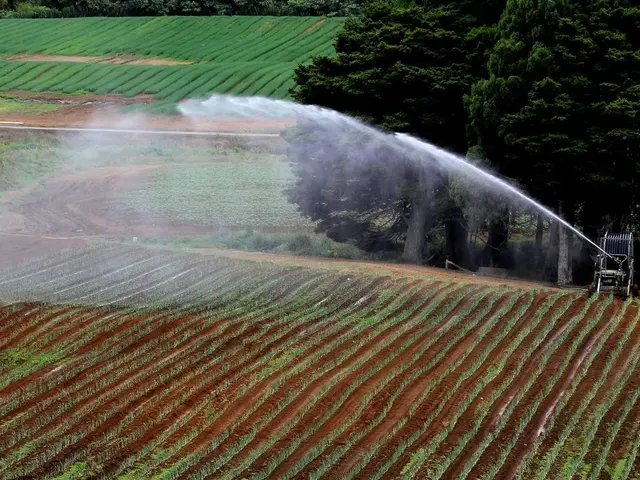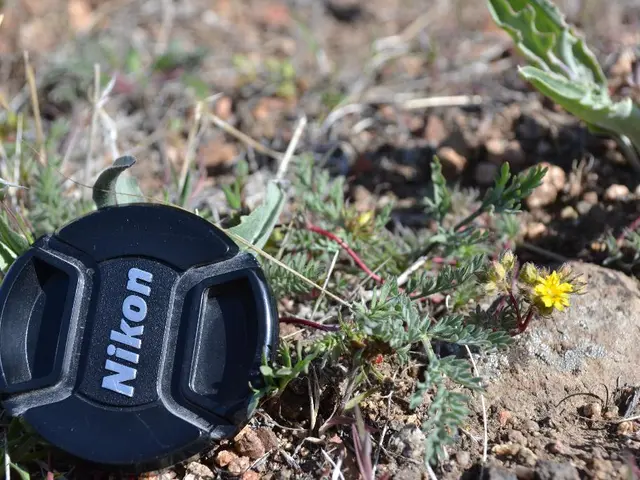Nurturing Deadwood in Bonsai: Maintaining Vitality and Aesthetic Appeal
Bonsai enthusiasts around the world appreciate the unique beauty that deadwood elements bring to their miniature masterpieces. By carefully sculpting and preserving these aged wood features, bonsai artists can create a striking visual contrast that evokes the passage of time and enhances the tree's natural beauty. Here's a guide to the best practices for preserving deadwood in bonsai trees.
**1. Shaping and Creating Deadwood**
The process of creating deadwood involves techniques such as Jin (dead branches), Uro (holes or cavities), and Shari (stripped bark on the trunk). This sculpting is akin to a sculptor's work, requiring precision to avoid damaging the live tree parts. After creating deadwood features, bark may be carefully removed and exposed wood shaped to mimic natural aging, enhancing the bonsai's ancient appearance.
**2. Preserving Deadwood and Preventing Decay**
Proper preservation of deadwood involves treating the deadwood surfaces to prevent rot and insect damage. This often includes the application of lime sulfur or other preservatives that bleach the wood and protect it from decay while maintaining an authentic aged look. It is essential to monitor the deadwood for signs of unwanted decay, such as softening wood, discoloration, or fungal growth. Early detection and treatment are critical to prevent structural failure.
**3. Managing Humidity Balance**
Maintaining a balanced humidity environment is crucial. Too much moisture may promote fungal infections or rot in the deadwood, while overly dry conditions can lead to cracking or excessive brittleness. Good airflow helps prevent fungal problems; watering and misting should be done carefully to avoid prolonged wetness on deadwood features.
**4. Aesthetic Enhancement**
Deadwood adds a dramatic naturalistic effect, making the bonsai appear aged and weathered, which is highly prized in bonsai artistry. Incorporating deadwood enhances tree character and visual interest. Combining deadwood with healthy foliage, flowers, or fruit (as in pomegranate bonsai) creates a dynamic contrast that highlights both life and the passage of time. Mindfulness and artistic vision during shaping and ongoing care help integrate deadwood features harmoniously into the overall design of the bonsai, achieving a refined, natural result.
To avoid waterlogging, regularly inspect the deadwood, feeling for any sogginess or softness, and gently remove excess water with a soft-bristled brush or a clean cloth. Frequently Asking Questions:
* Maintaining a consistent humidity level around your bonsai, especially during seasonal changes, can help prevent cracking and splitting. * Regularly misting the deadwood with water can also help maintain a stable moisture level. * A delicate balance must be struck in managing deadwood moisture, as wood that is too dry can become brittle and prone to cracking, while wood that is too moist can invite decay and rot. * Maintaining good air circulation around the tree and avoiding overwatering can help prevent waterlogging. * Wiring can also be used to secure loose or fragile deadwood, preventing damage and ensuring the long-term preservation of these delicate features. * Adjust watering schedules according to seasonal changes, reducing frequency during dry periods and increasing it during humid ones. * Prune and shape the deadwood to maintain its natural, weathered appearance and prevent overgrowth. * Wiring can be used to create dynamic tension, suspending deadwood fragments in mid-air or manipulating them to appear as if they're defying gravity.
**Specific Deadwood Care Techniques for Outdoor Bonsai Trees**
Outdoor bonsai trees require specialized deadwood care techniques due to environmental exposure. Regularly inspect and clean deadwood, applying protective sealants and fungicides to prevent decay, and consider using UV-resistant treatments to mitigate weathering effects.
**How Often Should I Mist My Bonsai to Maintain Healthy Deadwood?**
As the morning dew gently awakens the forest, so too should your bonsai receive regular misting, ideally 2-3 times a week, to maintain a humid microclimate that fosters healthy deadwood and prevents decay.
**Conclusion**
By embracing the art of deadwood care, enthusiasts can transcend the boundaries of mere cultivation, coaxing forth a symphony of textures, tones, and forms that whispers secrets of the past. Through diligent preservation, the beauty and essence of these miniature marvels are forever etched, a poignant reminder of the fleeting yet eternal dance between life and decay. Enhancing aesthetics with wiring allows bonsai enthusiasts to create visually striking compositions that emphasize the intricate textures, subtle curves, and weathered patinas of the deadwood features.
It is not recommended to use household chemicals to preserve bonsai deadwood, as they can damage the tree's living tissues and contaminate the soil, potentially harming the entire bonsai ecosystem. Regular maintenance schedules are vital to preserving the intricate harmony of the bonsai tree, ensuring that both the living and dead components thrive in tandem. Regular inspections of deadwood moisture levels are essential to prevent desiccation or excessive moisture, which can irreparably damage the deadwood features of a bonsai tree.
Can I create my own deadwood preservation solutions at home? While possible, homemade concoctions may compromise the delicate balance, risking decay and defeats the purpose of preserving the tree's natural beauty.
* Preserving the deadwood elements in a bonsai tree's home-and-garden setting can be an integrating part of your lifestyle, as it showcases the balance between life and decay in a miniature masterpiece.* By experimenting with jin, uro, and shari techniques, you can revitalize your home-and-garden living space with a touch of gardening artistry, creating a unique home-and-garden environment that reflects your personal aesthetic.




